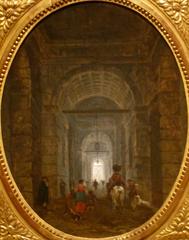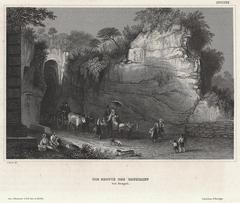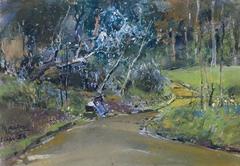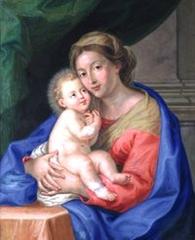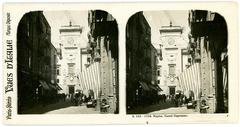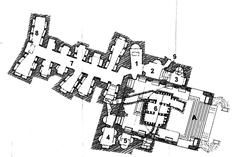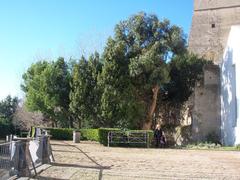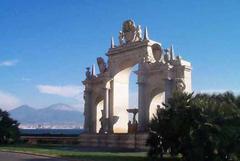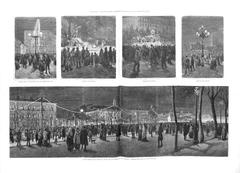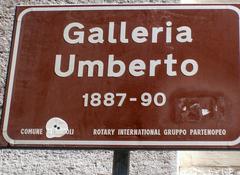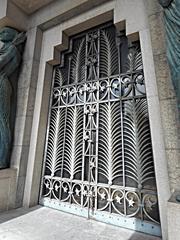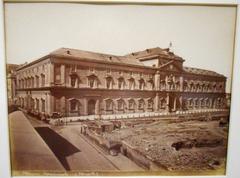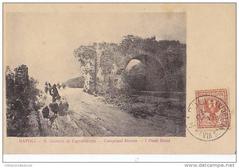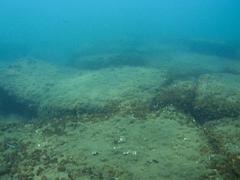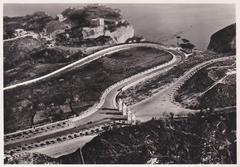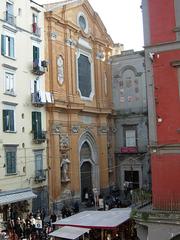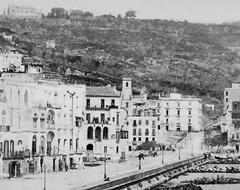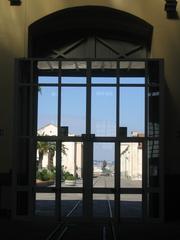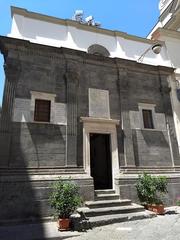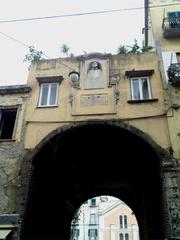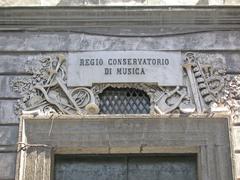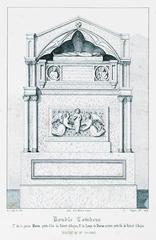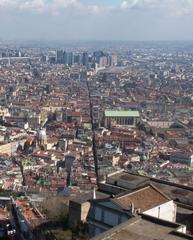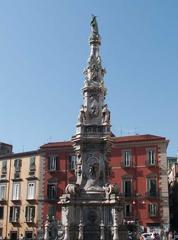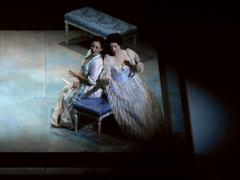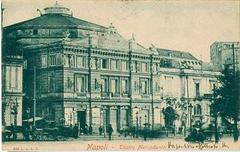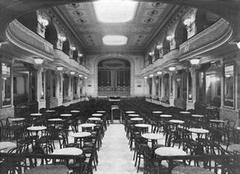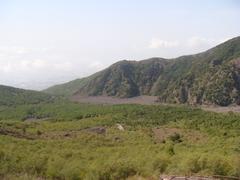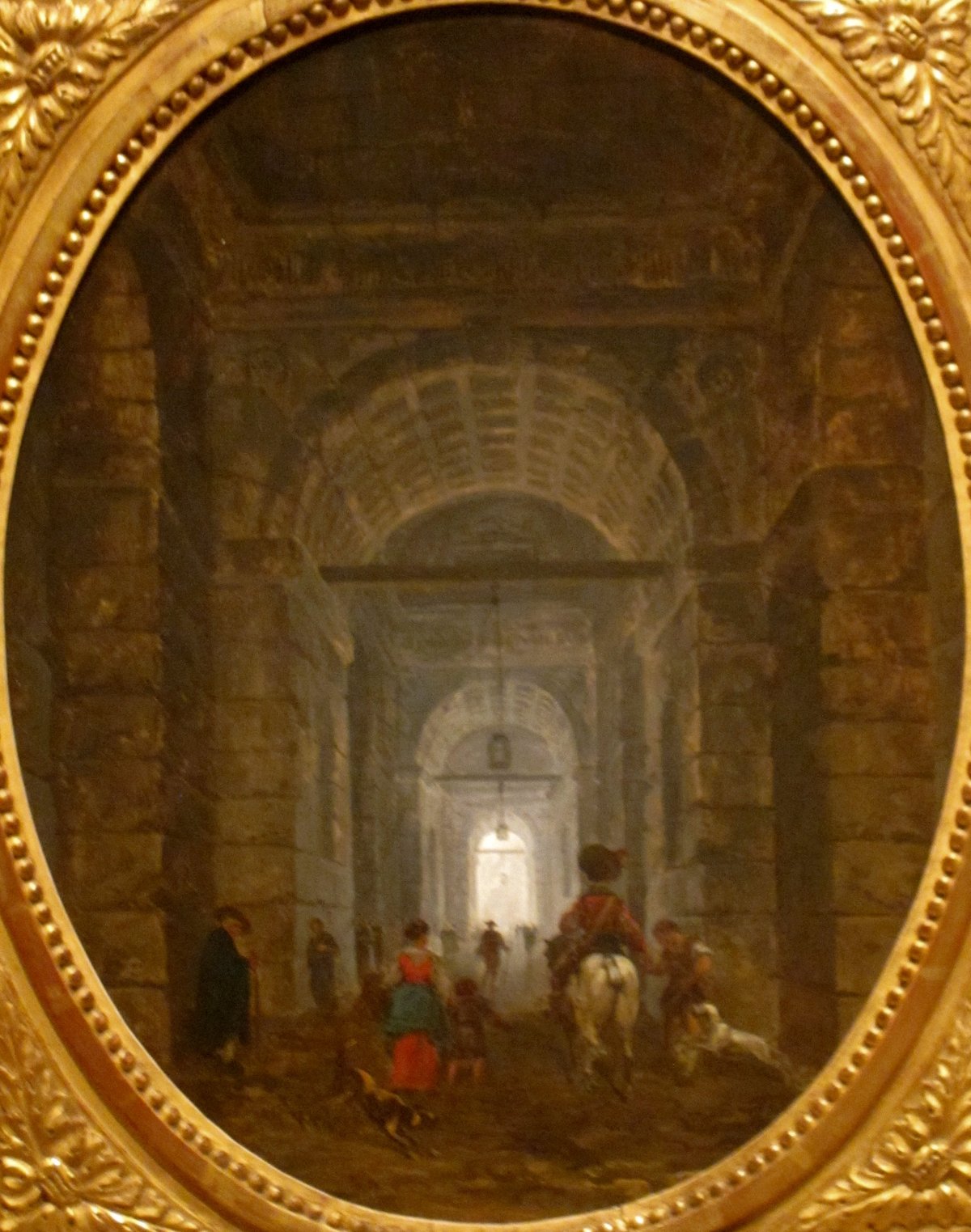
Parco Archeologico del Pausilypon Visiting Hours, Tickets, and Historical Overview
Date: 24/07/2024
Introduction
Welcome to the Parco Archeologico del Pausilypon, an extraordinary historical site nestled in the Posillipo district of Naples, Italy. This comprehensive guide aims to provide readers with an in-depth exploration of this ancient Roman estate, covering its rich historical background, architectural marvels, and essential visitor information. From its establishment by Publius Vedius Pollio in the 1st century BC to its transformation into an imperial residence, the Parco Archeologico del Pausilypon offers a unique glimpse into the opulent lifestyles of Rome’s elite and their architectural ingenuity. Whether you’re a history enthusiast, a nature lover, or simply a curious traveler, this guide will help you make the most of your visit to one of Naples’ most captivating historical landmarks (Wikipedia).
Historical Background
Roman Origins and Development
The Parco Archeologico del Pausilypon, located in Naples, Italy, is a site of immense historical significance, dating back to the 1st century BC. The park encompasses the remains of the Villa Pausilypon, a luxurious Roman estate built by Publius Vedius Pollio, a Roman knight and close friend of Emperor Augustus. The name “Pausilypon” translates from Greek to “respite from worry,” reflecting the villa’s purpose as a retreat for relaxation and leisure (Wikipedia).
Architectural Marvels
The villa was a prime example of Roman architecture harmoniously integrated with the natural landscape. It included residential quarters, gardens, thermal baths, and areas for entertainment such as a theater and an odeon. The villa’s design showcased the Romans’ advanced engineering skills and their appreciation for natural beauty. The estate also featured a complex system of fish ponds and port structures, indicating the luxurious lifestyle of its inhabitants (Napolike).
The Tunnel of Sejanus
One of the most remarkable features of the Parco Archeologico del Pausilypon is the Grotta di Seiano, a 770-meter-long tunnel that connects the plain of Bagnoli with the Gaiola valley. This tunnel, constructed during the Roman era, served as a crucial passageway and was later used as an air raid shelter during World War II. Traversing this ancient tunnel is a unique experience that adds to the historical allure of the site (Stripes).
Imperial Connections
After the death of Vedius Pollio, the villa became part of the imperial estate. It was expanded and adapted to serve as an imperial residence, hosting notable figures such as Julius Caesar, Marcus Brutus, and Emperor Nero. These historical connections underscore the villa’s importance as a center of political and social activity in ancient Rome (Areamarinaprotettagaiola).
Archaeological Discoveries
The site has yielded numerous archaeological treasures over the years. In 2022, researchers from the University of Naples L’Orientale uncovered a 2,000-year-old mosaic floor in the villa’s main living room, adding to the rich tapestry of historical artifacts found at the site. These discoveries provide valuable insights into the daily lives and artistic sensibilities of the villa’s ancient inhabitants (Stripes).
The Gaiola Underwater Park
Adjacent to the Parco Archeologico del Pausilypon is the Gaiola Underwater Park, which includes the submerged remains of the villa’s maritime structures. This underwater park is a testament to the villa’s extensive and sophisticated design, which extended into the sea. The park is a protected marine area, preserving the archaeological and natural heritage of the region (Areamarinaprotettagaiola).
The Villa’s Decline
The villa’s decline began in the late Roman period, exacerbated by natural disasters and neglect. By the 19th century, much of the villa had fallen into ruin, with parts of it collapsing into the sea. Despite this, significant portions of the estate, including the theater and odeon, remain well-preserved and continue to attract visitors and researchers alike (Wikipedia).
Visitor Information
Visiting Hours and Tickets
The park is accessible via the Grotta di Seiano, with guided tours available for a fee. Public transportation to the site is limited, but it is easily reachable by car. The park’s hours and ticket prices are as follows:
- Guided Tours (1.5 hours): 11 a.m., Tuesday-Friday; 10:30 a.m. and 12:15 p.m., Saturday-Sunday and holidays.
- Accompanied Entry (1 hour): 9:15 a.m., Tuesday-Sunday.
- Cost: 7 euros for adults; 4 euros for children aged 7-14; free for children 6 and under (Stripes).
Travel Tips and Nearby Attractions
- Travel Tips: Comfortable shoes are recommended as the site involves a considerable amount of walking. Also, bring water and sun protection, especially during the summer months.
- Nearby Attractions: While visiting Parco Archeologico del Pausilypon, consider exploring nearby attractions such as the Gaiola Underwater Park, the historic center of Naples, and the Castel dell’Ovo.
- Accessibility: The site has limited accessibility for visitors with mobility issues due to its ancient terrain. Contact the park in advance to inquire about specific accommodations.
Frequently Asked Questions
What are the Parco Archeologico del Pausilypon visiting hours?
The park is open for guided tours at 11 a.m., Tuesday-Friday, and at 10:30 a.m. and 12:15 p.m., Saturday-Sunday and holidays. Accompanied entry is available at 9:15 a.m., Tuesday-Sunday.
How much are the tickets for Parco Archeologico del Pausilypon?
Tickets cost 7 euros for adults, 4 euros for children aged 7-14, and are free for children 6 and under.
Is Parco Archeologico del Pausilypon accessible by public transportation?
Public transportation to the site is limited. It is more convenient to reach the park by car.
Conclusion
The Parco Archeologico del Pausilypon stands as a testament to the grandeur of Roman architecture and the luxurious lifestyle of its elite. Its rich history, combined with its stunning natural setting, makes it a must-visit destination for anyone interested in the ancient world. The ongoing archaeological discoveries continue to shed light on the villa’s past, ensuring that its legacy endures for future generations to appreciate.
Call to Action
Plan your visit today and immerse yourself in the history and beauty of the Parco Archeologico del Pausilypon. Don’t forget to check out our other related posts and follow us on social media for more updates on historical sites around Naples.
